WPT POWER WHB-30 Instruction Manual
Popular Spring Applied Brake manuals by other brands

COREMO OCMEA
COREMO OCMEA E4N-ID User and maintenance manual
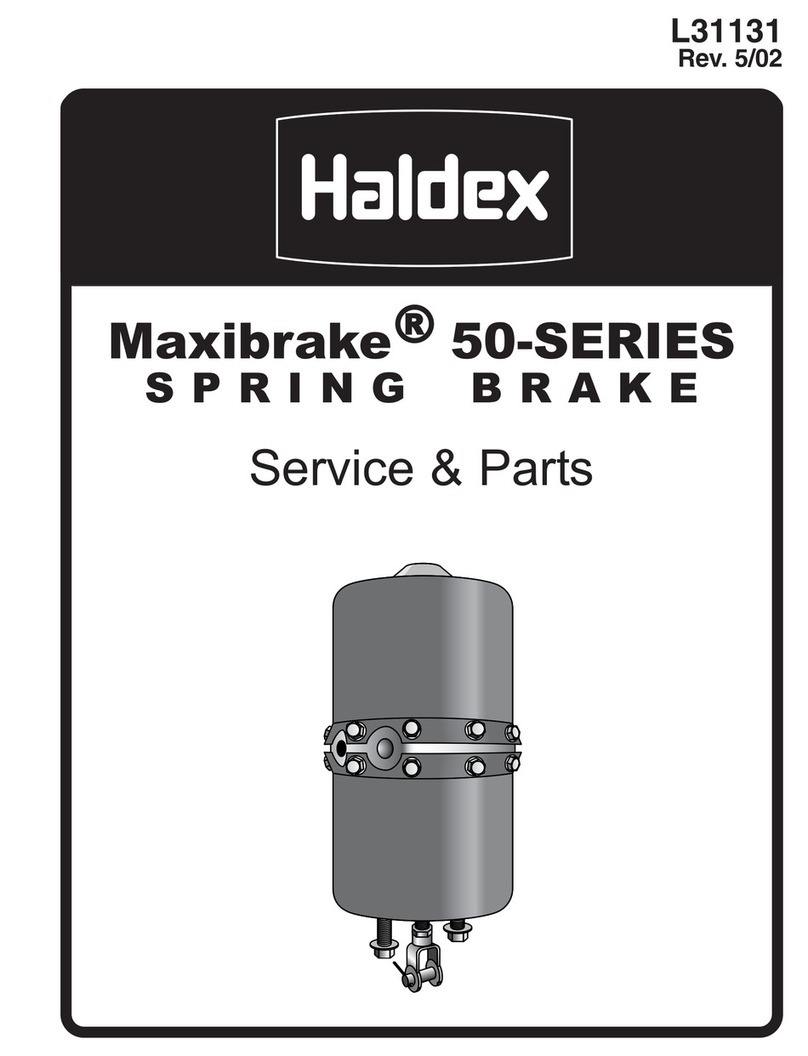
Haldex
Haldex Maxibrake 50 Series Service parts
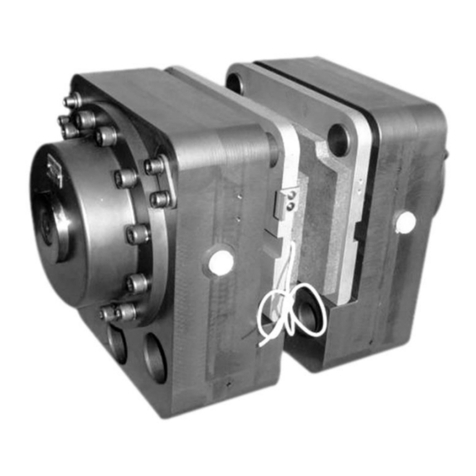
COREMO OCMEA
COREMO OCMEA ID 2000N-116 User and maintenance manual
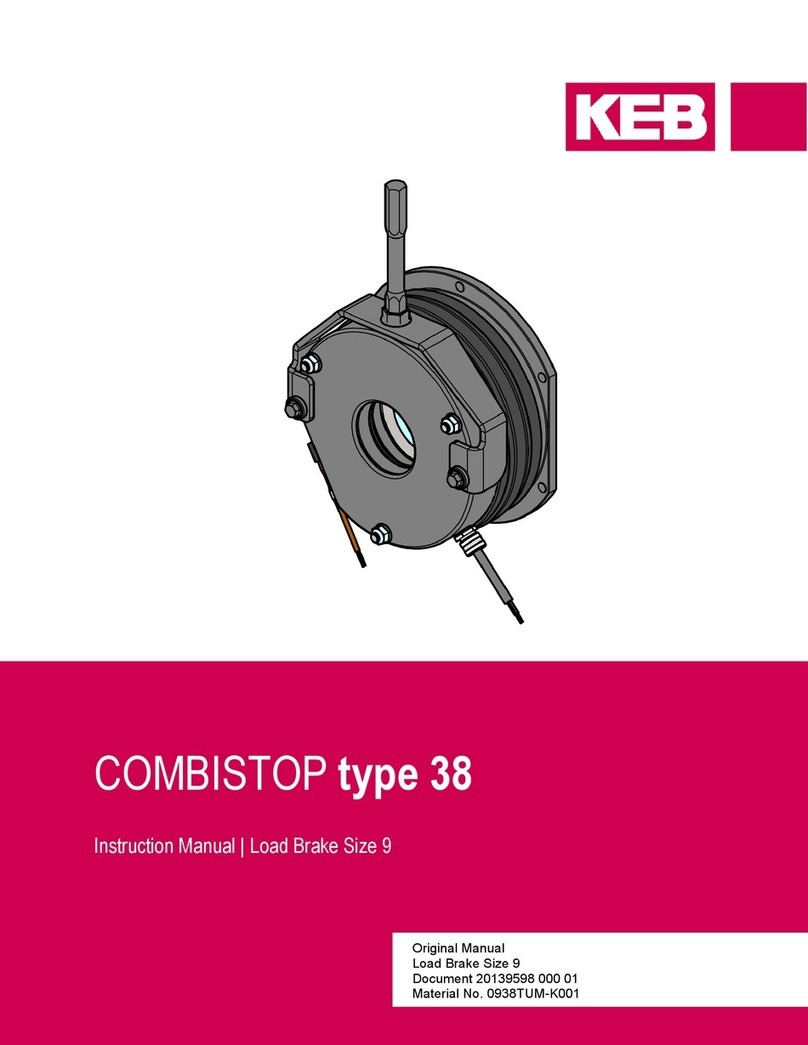
KEBCO
KEBCO COMBISTOP 38 instruction manual

Nexen
Nexen Air Champ TSE 1200 user manual

Leantechnik
Leantechnik SHB Series operating instructions
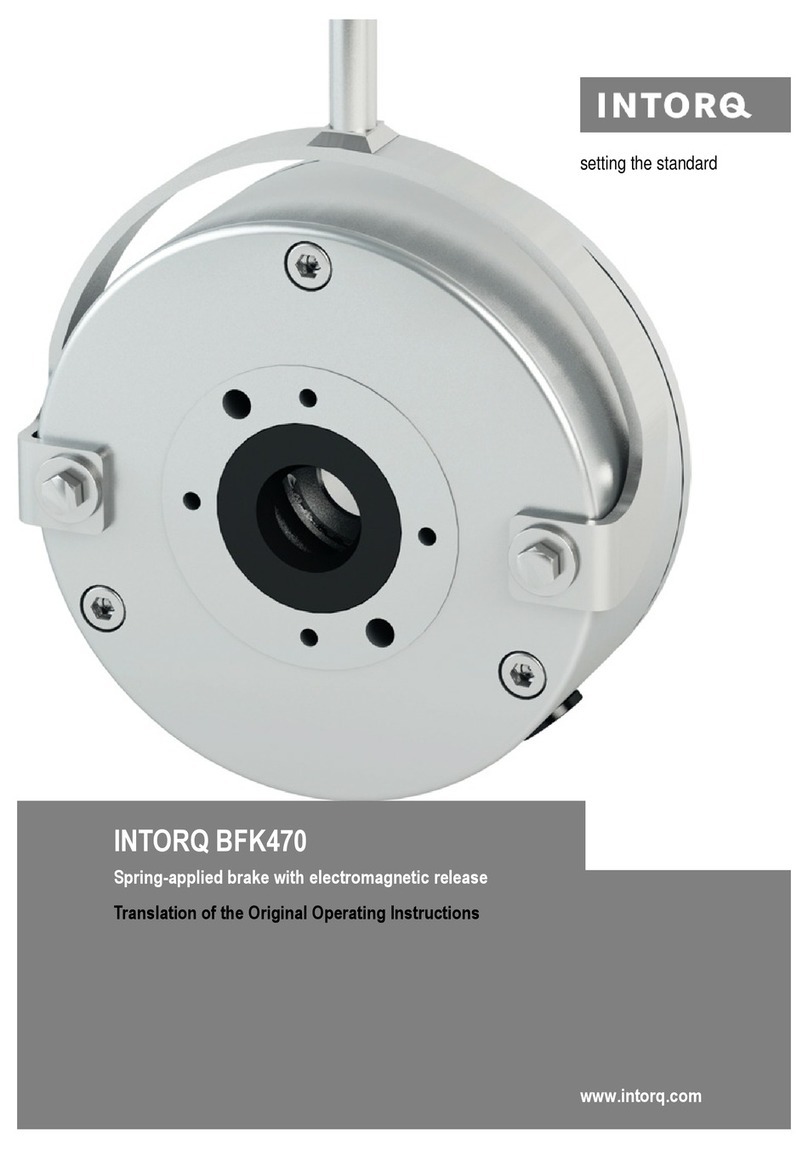
INTORQ
INTORQ BFK470 Series Translation of the original operating instructions
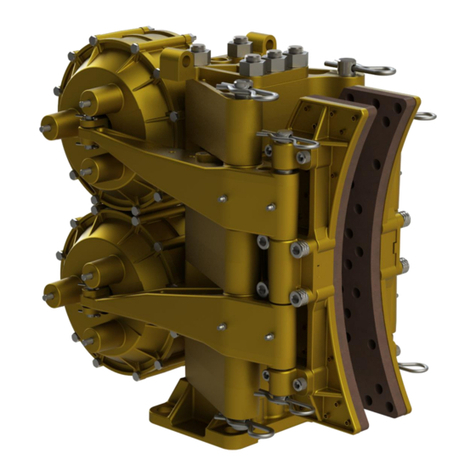
Kobelt
Kobelt 5027-A Owner's Operation, Installation & Maintenance Manual
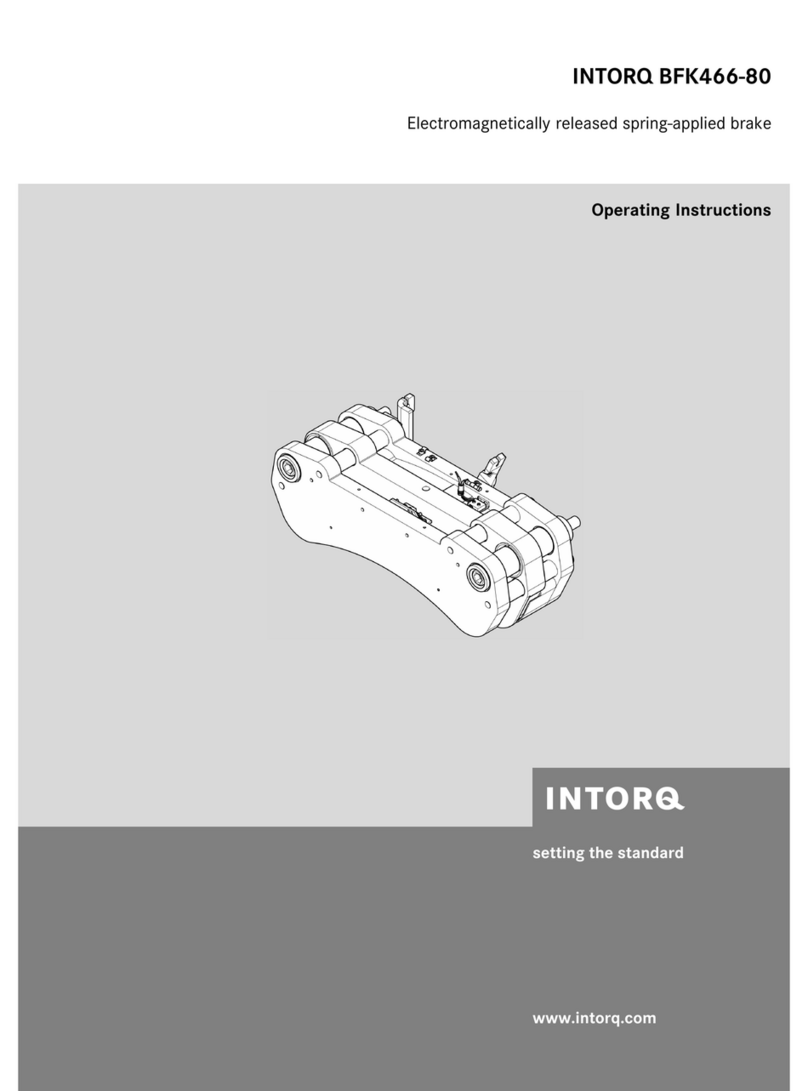
INTORQ
INTORQ BFK466-80 operating instructions
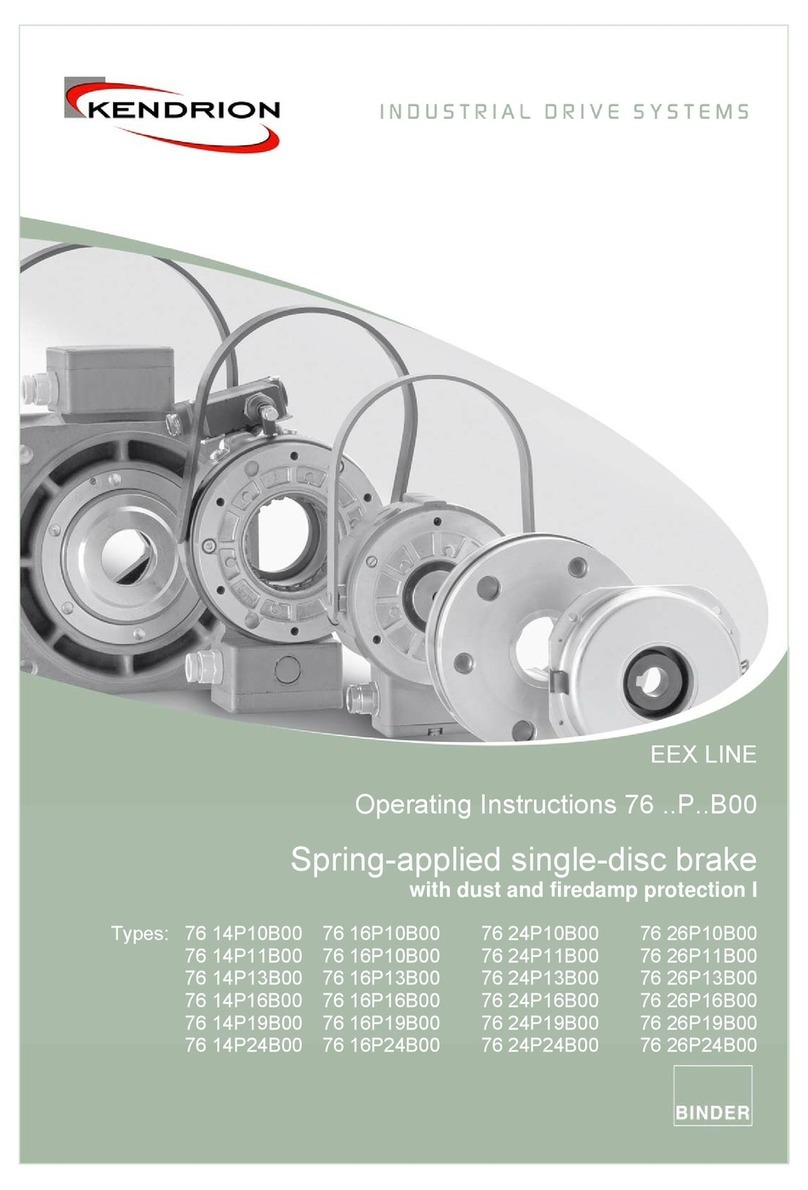
Kendrion
Kendrion 76..P..B00 Series operating instructions

INTORQ
INTORQ BFK471-25 Translation of the original operating instructions

INTORQ
INTORQ BFK455 operating instructions

Kendrion
Kendrion EEX Series operating instructions
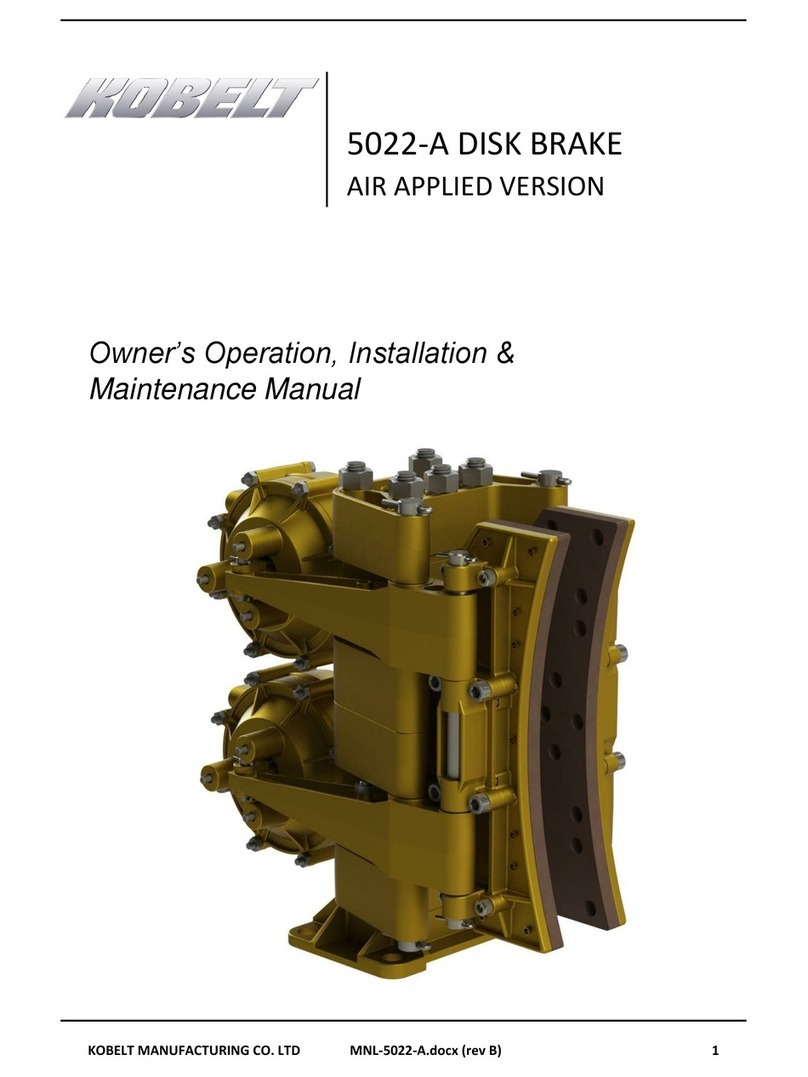
Kobelt
Kobelt 5022-A Owner's Operation, Installation & Maintenance Manual
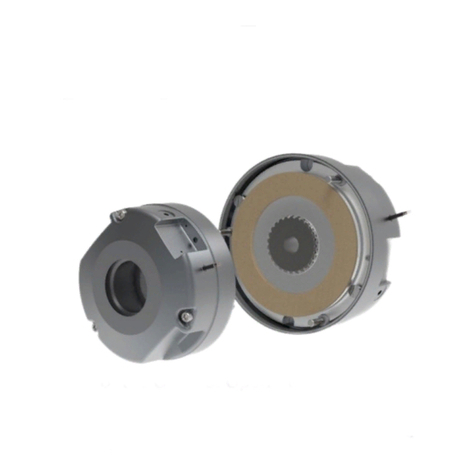
Mayr
Mayr ROBA-stop-M 250 Operational instructions
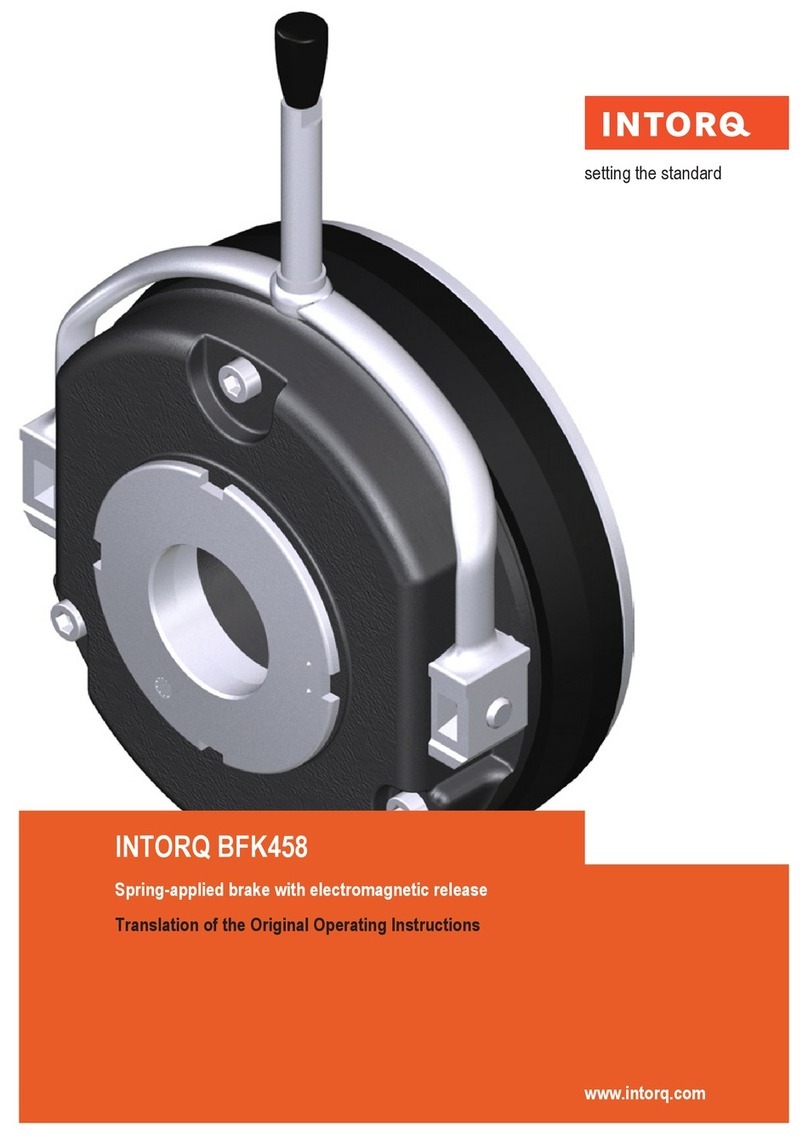
INTORQ
INTORQ BFK458 Original operating instructions

Nexen
Nexen AIR CHAMP DPB-9T user manual
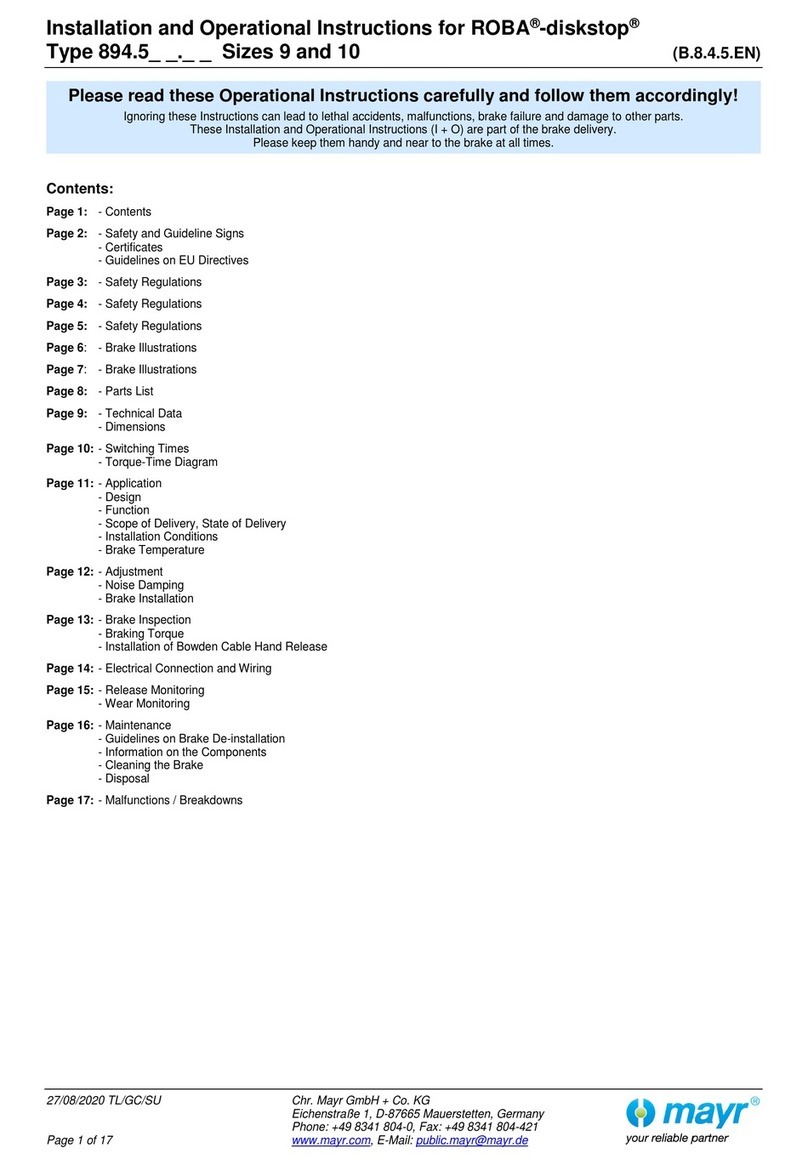
Mayr
Mayr ROBA-diskstop 894.5 Series Installation and operational instructions









